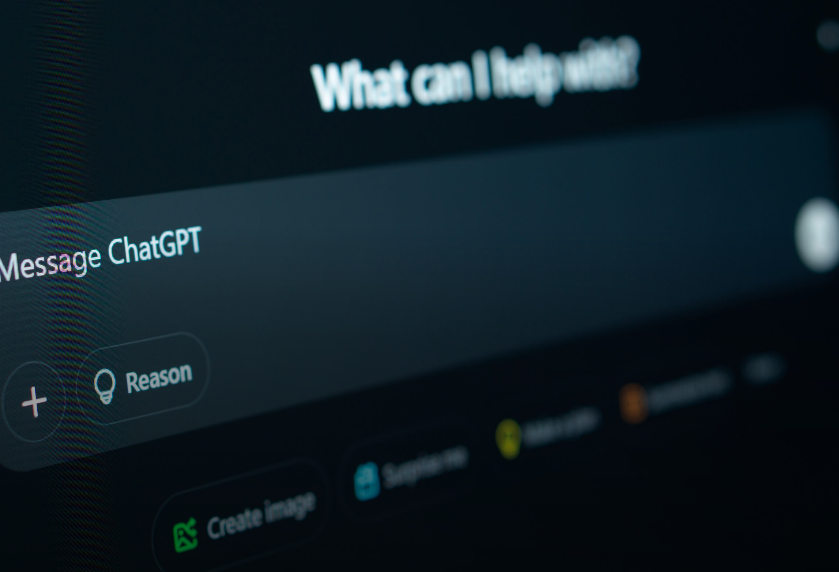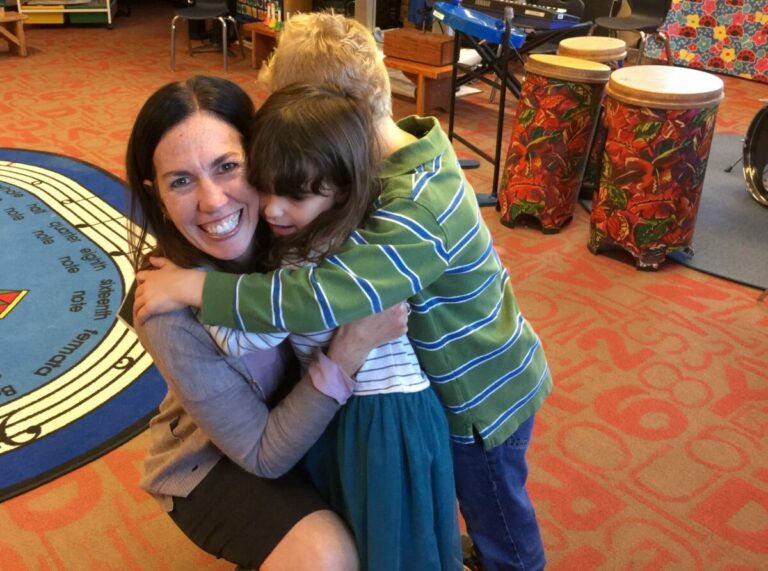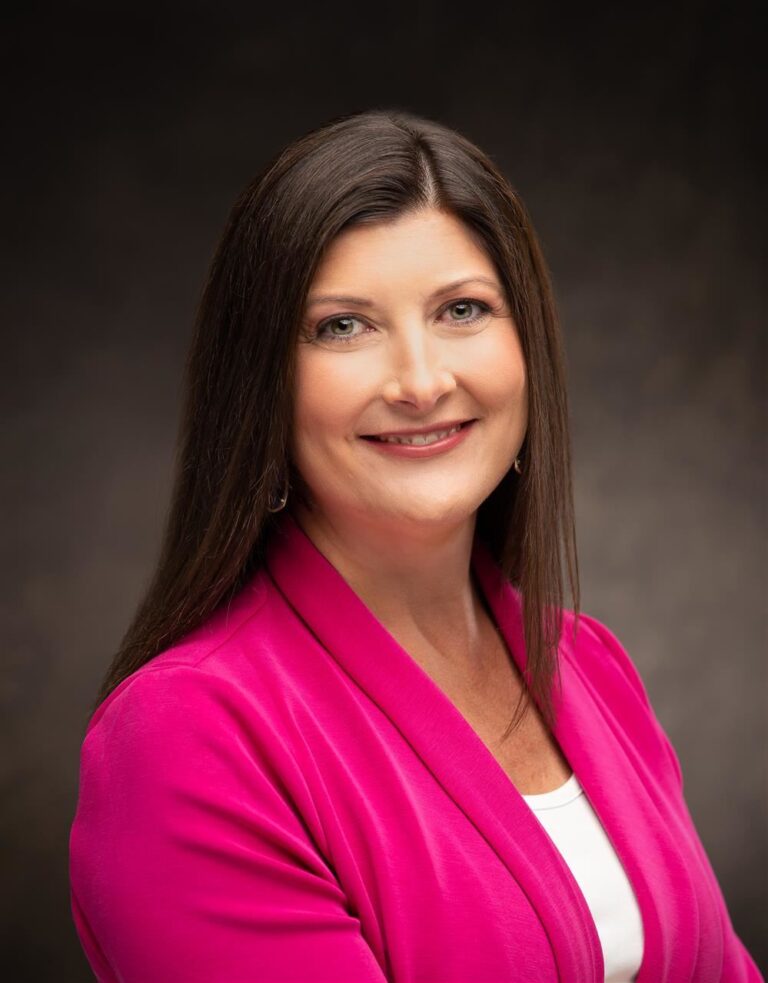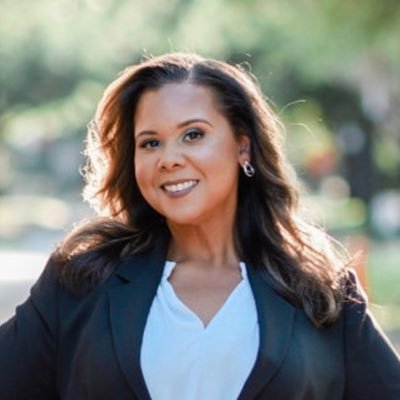Here’s one superintendent’s innovative idea to stop cheating with AI

If you’re worried about students cheating with AI at home, try encouraging them—and their teachers—to use it exclusively in the classroom. The results may surprise you.
“I think you’ll be amazed at what teachers and students can do together,” says Anthony Godfrey, superintendent at the Jordan School District in Utah. “If you give them some runway and they’re working during class time, I think that’s a great equalizer for teachers and students to be working together where students have the maximum support, and AI can be a part of that formula.”
In 2024, the Jordan School District received an International Society for Technology in Education Award for transforming education with cutting-edge technology. The district has been using AI since 2023 to empower teachers and engage students in higher-level thinking.
Godfrey says the district implemented AI because his teachers saw its potential for enhanced learning opportunities. “There was an immediate surge in interest around ChatGPT, and we did not feel comfortable making it available, so we blocked it from our servers to buy some time to figure out what to do next,” says Godfrey.
He didn’t want to stand in the way of teachers using the technology to streamline tasks and create more time with students. Given the newness of ChatGPT at the time, the district considered alternatives designed specifically for education, such as SchoolAI.
Fast forward to 2025, Godfrey says the district and its teachers are comfortable and eager to use AI. He and his team are currently working on an AI policy and guidance.
However, when the district signed on with SchoolAI, he tasked his information systems team with ensuring the platform was safe for the district’s network. He also went to the teaching and learning department to guarantee it was safe for students.
“Once I knew those things, we allowed teachers to figure out how best to use it to help their teaching to help student learning,” he says. “Now, we are working more toward how to define what that needs to look like, but the boundaries were set within the program itself to allow for maximum creativity.”
Talking to neighboring district leaders, he found many were still undecided about AI.
“I feel like it sounds counterintuitive that you can jump in and set the rules later, but I think you set the rules around the innovation that teachers are involved in so that you don’t let those rules get in the way,” says Godfrey. “Instead, you use the rules to guide and maximize teacher efforts.”
Addressing challenges
Godfrey says there’s a solution to the biggest concern around AI—cheating.
He suggests allowing AI use exclusively during school hours. Rather than assuming AI will replace the students’ thoughts and work, Godfrey recommends thinking of the technology as rocket fuel to get you to your destination more quickly, “so you can do the deeper learning and real thinking at a different level.”
He also says superintendents should reward teachers for their innovative approaches to instruction and listen to their questions.
From there, provide training based on the feedback you’ve gathered, and allow the fuel to spread as teachers learn from their peers what they and their students have achieved with AI.
“Once teachers get exposed to it, in my experience, they really can’t stop,” he says. “Once you see that something helps you be a more effective teacher and helps students learn more, you can’t step away from it. You want to lean into it.”






